Tom Banks0521850827, 9780521850827
Table of contents :
Cover……Page 1
Half-title……Page 3
Title……Page 5
Copyright……Page 6
Contents……Page 7
1.1 Preface and conventions……Page 11
1.1.1 Acknowledgements……Page 12
1.2 Why quantum field theory?……Page 13
2 Quantum theory of free scalar fields……Page 18
2.1 Local fields……Page 20
2.2 Problems for Chapter 2……Page 23
3.1 Schwinger–Dyson equations and functional integrals……Page 27
3.2 Functional integral solution of the SD equations……Page 30
3.3 Perturbation theory……Page 34
3.4 Connected and 1-P(article) I(rreducible) Green functions……Page 36
3.5 Legendre’s trees……Page 38
3.6 The Källen–Lehmann spectral representation……Page 40
3.7 The scattering matrix and the LSZ formula……Page 42
3.8 Problems for Chapter 3……Page 46
4.1 Massive spinning particles……Page 48
4.2 Massless particles with helicity……Page 49
4.3 Field theory for massive spin-1 particles……Page 50
4.3.1 The Stueckelberg formalism……Page 52
4.4 Problems for Chapter 4……Page 53
5 Spin-… particles and Fermi statistics……Page 54
5.1 Dirac, Majorana, and Weyl fields: discrete symmetries……Page 59
5.1.1 Charge conjugation……Page 60
5.1.2 CP transformations for Weyl fields……Page 63
5.1.3 Time reversal and TCP……Page 65
5.2 The functional formalism for fermion fields……Page 66
5.3 Feynman rules for Dirac fermions……Page 68
5.4 Problems for Chapter 5……Page 69
6 Massive quantum electrodynamics……Page 72
6.1 Free the longitudinal gauge bosons!……Page 74
6.2 Heavy-fermion production in electron–positron annihilation……Page 75
6.3 Interaction with heavy fermions: particle paths and external fields……Page 78
6.4 The magnetic moment of a weakly coupled charged particle……Page 79
6.5 Problems for Chapter 6……Page 84
7 Symmetries, Ward identities, and Nambu–Goldstone bosons……Page 86
7.1 Space-time symmetries……Page 88
7.2 Spontaneously broken symmetries……Page 91
7.3 Nambu–Goldstone bosons in the semi-classical expansion……Page 94
7.4 Low-energy effective field theory of Nambu–Goldstone bosons……Page 95
7.5 Problems for Chapter 7……Page 99
8 Non-abelian gauge theory……Page 103
8.1 The non-abelian Higgs phenomenon……Page 106
8.2 BRST symmetry……Page 107
8.3 A brief history of the physics of non-abelian gauge theory……Page 109
8.4 The Higgs model, duality, and the phases of gauge theory……Page 111
8.5 Confinement of monopoles in the Higgs phase……Page 113
8.6 The electro-weak sector of the standard model……Page 123
8.7 Symmetries and symmetry breaking in the strong interactions……Page 126
8.8 Anomalies……Page 128
8.8.1 The consistent anomaly equation……Page 133
8.8.2 The use of anomalies: consistency of gauge theories……Page 134
8.8.3 Violation of global symmetries……Page 136
8.8.4 Anomaly matching and massless spectrum……Page 137
8.9 Quantization of gauge theories in the Higgs phase……Page 140
8.10 Problems for Chapter 8……Page 142
9 Renormalization and effective field theory……Page 147
9.1 Divergences in Feynman graphs……Page 149
9.2 Cut-offs……Page 152
9.3 Renormalization and critical phenomena……Page 155
9.4 The renormalization (semi-)group in field theory……Page 158
9.4.1 Changing the cut-off……Page 163
9.5 Mathematical (Lorentz-invariant, unitary) quantum field theory……Page 164
9.6 Renormalization of Ø field theory……Page 166
9.7 Renormalization-group equations in dimensional regularization……Page 171
9.8 Renormalization of QED at one loop……Page 174
9.8.1 Renormalization of the fermion propagator and the vertex……Page 180
9.9 Renormalization-group equations in QED……Page 183
9.9.1 The static potential and the definition of α……Page 186
9.10 Why is QED IR-free?……Page 188
9.11 Coupling renormalization in non-abelian gauge theory……Page 191
9.12 Renormalization-group equations for masses and the hierarchy problem……Page 198
9.12.1 Marginally relevant perturbations……Page 200
9.13 Renormalization-group equations for the S-matrix……Page 201
9.14.2 But symmetries are nice……Page 203
9.14.3 And sometimes you get them for free……Page 204
9.14.4 Renormalization and spontaneous symmetry breaking……Page 205
9.14.5 The Coleman–Weinberg potential……Page 208
9.14.6 Renormalization of gauge theories in the Higgs phase……Page 209
9.14.7 Effective field theory and NGBs……Page 210
9.15 The standard model through the lens of renormalization……Page 211
9.16 Problems for Chapter 9……Page 213
10.1 The most probable escape path……Page 216
10.2 Instantons in quantum mechanics……Page 217
10.2.1 Computation of determinants……Page 221
10.3 Instantons and solitons in field theory……Page 223
10.4 Instantons in the two-dimensional Higgs model……Page 226
10.5 Monopole instantons in three-dimensional Higgs models……Page 231
10.6 Yang–Mills instantons……Page 236
10.6.1 Hamiltonian formulation of Yang–Mills theory in temporal gauge……Page 238
10.6.2 Bosonic zero modes……Page 239
10.6.3 Fermion zero modes and anomalies……Page 241
10.7 Solitons……Page 242
10.8 ’t Hooft–Polyakov monopoles……Page 246
10.9 Problems for Chapter 10……Page 249
11 Concluding remarks……Page 252
A Appendix A Books……Page 255
B Appendix B Cross sections……Page 257
C Appendix C Diracology……Page 258
D.1.2 Scalar propagator in Rkappa gauge……Page 261
D.2.2 Three-gauge-boson vertex……Page 262
D.2.6 Scalar gauge vertex……Page 263
D.3 External lines……Page 264
D.4 Combinatorics……Page 265
E Appendix E Group theory and Lie algebras……Page 266
F Appendix F Everything else……Page 270
References……Page 272
Author index……Page 278
Subject index……Page 279
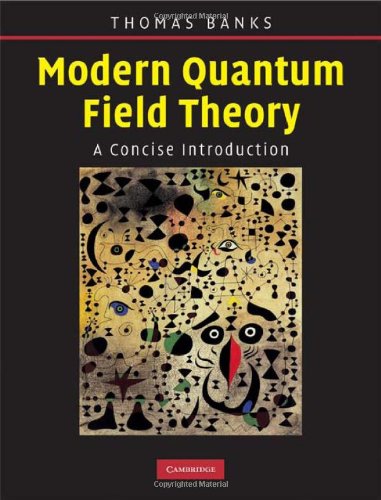
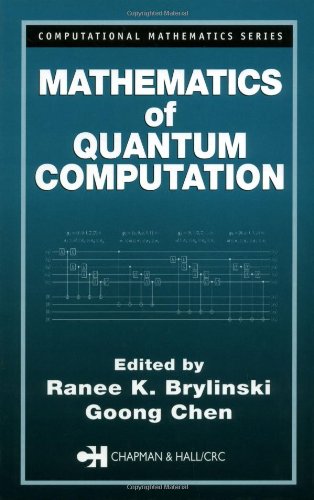


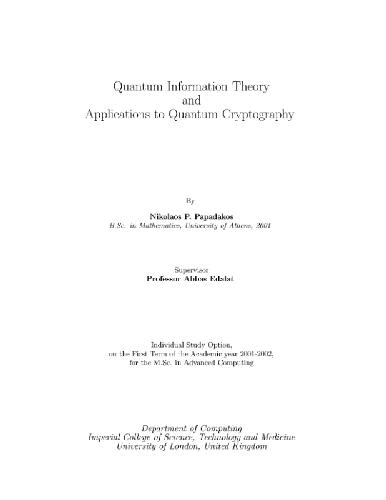
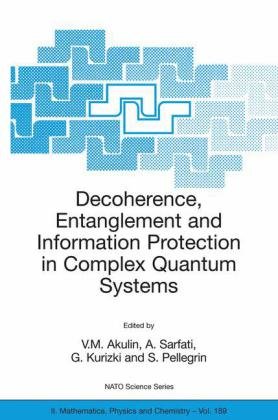
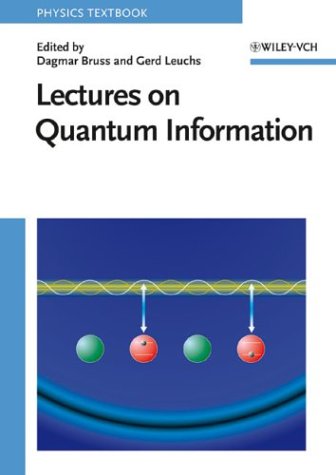
Reviews
There are no reviews yet.